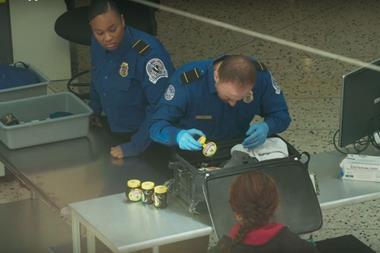
Suppliers need to get inside shoppers’ heads - especially when it comes to sugar content - if their products are to have longevity on supermarket shelves, delegates at an FDF conference were told last week.
Patrick Finlay, director of marketing & strategy at category and shopper management specialist Bridgethorne told the FDF’s Staying on Shelf event that keeping their products on shelf this year depended on a better understanding of shoppers and how they behaved, and then aligning the insights gained with proactive range management.
Finlay said suppliers and retailers should understand how shopper decisions changed according to when they were shopping, what they were buying, why, for whom and for what occasions.
He said the sugar issue needed to be addressed “through a shopper lens”.
“If we understand what shoppers think and how they behave, it will help inform, firstly, what we should put on the shelf and importantly how to keep it there.”
When it came to sugar, he said the answer may not be as simple as removing all sugary products from the shelves.
It was a question of balance and lurching to extremes might not be the answer.
He cited research from the Bridgethorne Shopper Index, the company’s quarterly survey of shopper opinions, which showed that sugar content in food and drinks was the greatest concern for shoppers, over and above fat content, additives, salt content and calories.
This was having an impact on buying behaviour. This concern appeared to be driven primarily by health concerns.
“Shoppers do have an appetite for lower-sugar products but this doesn’t mean that is all that they want,” Finlay told the conference. “They want variety.”
This might include more reduced-sugar lines, a full range of sugar levels, more products with sweeteners or simply just the products they wanted to buy.
“In short, they want a range that reflects their growing concerns but not a range that ignores all of their shopping and consumption needs,” he said.
Finlay added that the danger for suppliers was that they hit the panic button now instead of using a more measured, informed and balanced approach.















No comments yet